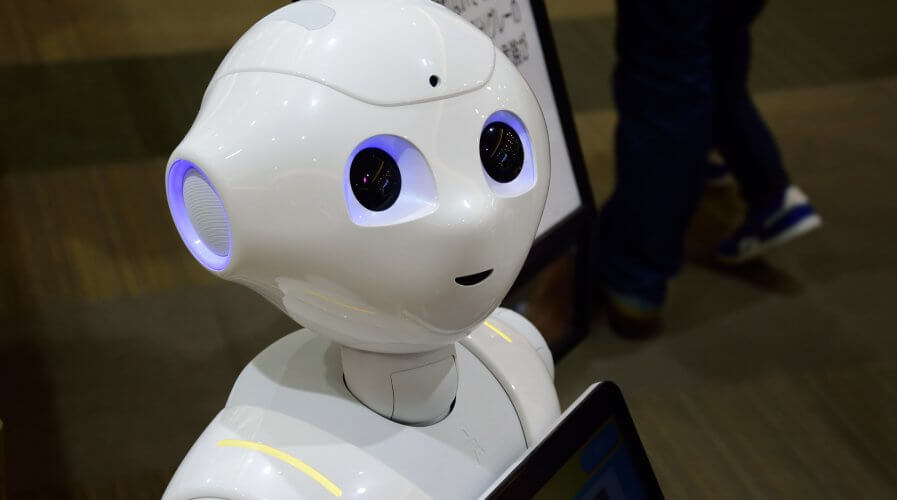
They probably won’t look like this. Source: Pixabay
Will Japan warm up to robots in hospitals?
THE government of Japan is prioritizing the development of robotic caregivers for the elderly as the ageing society faces a predicted shortfall of 370,000 caregivers by 2025.
In its recently revised list of research priorities, the government highlighted increasing community acceptance of robotics to help fill the gap in the nursing workforce, according to The Guardian.
According to Japan’s robot strategy, by 2020, the government wants four in five care recipients to accept some support provided by robots.
Technology developers have been focused on building simple robots that can help elderly patients out of bed or bathtubs but the government wants to see expanding capabilities.
Dr Hirohisa Hirukawa, Director of Robot Innovation Research at Japan’s National Institute of Advanced Industrial Science and Technology (AIST) told The Guardian that this includes boosting the autonomy of people still living at home.
According to the doctor, lifting robotics have been deployed in only about 8 percent of nursing homes in Japan, because they’re expensive to acquire, and also because the ‘the mindset of the people on the frontline of caregiving who believe it must be human beings who provide this kind of care’.
Over the last five years, AIST has worked on a government-backed project to help 98 manufacturers test nursing-care robotic devices.
Fifteen have been turned into commercial products, including an electric-boosted mobility aid that a person can hold onto when walking around city streets.
The governments’ next research priorities include wearable mobility aid devices and technology that can guide people to the toilet when it predicts it is the right time.
The renewed focus on technology for the elderly offers huge potential for robotics and technology developers to benefit from this growing market, as well as help solve one of society’s major issues.
READ MORE
- Ethical AI: The renewed importance of safeguarding data and customer privacy in Generative AI applications
- How Japan balances AI-driven opportunities with cybersecurity needs
- Deploying SASE: Benchmarking your approach
- Insurance everywhere all at once: the digital transformation of the APAC insurance industry
- Google parent Alphabet eyes HubSpot: A potential acquisition shaping the future of CRM






